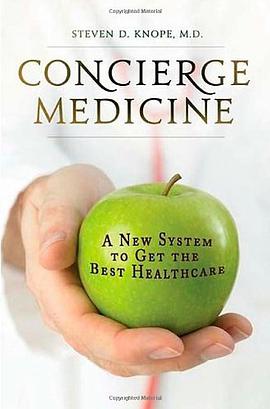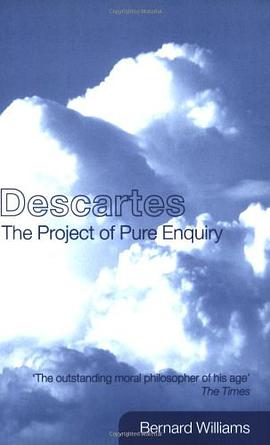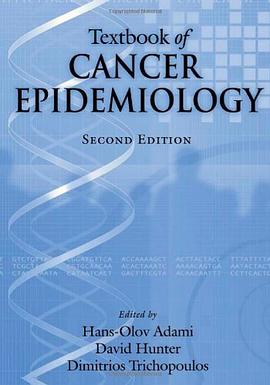Chapter One: Art and Pleasure
Hume on taste and tragedy - Collingwood on art as amusement - Mill on higher and lower pleasures - the nature of pleasure
Chapter Two: Art and Beauty
Beauty and pleasure - Kant on beauty -- the aesthetic attitude and the sublime - art and the aesthetic -- Gadamer and art as play - art and sport - summary
Chapter Three: Art and Emotion
Tolstoy and everyday expressivism - Aristotle and katharsis -- expression and imagination -- Croce and 'intuition' -- Collingwood's expressivism - expression versus expressiveness - summary
Chapter Four: Art and Understanding
Hegel, art and mind - art, science and knowledge - aesthetic cognitivism, for and against - imagination and experience - the objects of imagination - art and the world - understanding as a norm - art and human nature -- summary
Chapter: Five Music and Sonic Art
Music and pleasure - music and emotion - music as language - music and representation - musical vocabulary and musical grammar - the uniqueness of music - music and beauty - music as the exploration of sound - sonic art and digital technology - summary
Chapter Six: The Visual Arts
What is representation? - representation and artistic value - art and the visual - visual art and the non-visual - film as art - montage versus longshot - talkies - the 'auteur' in film - summary
Chapter Seven: The Literary Arts
Poetry and prose -- the unity of form and content - figures of speech - expressive language - poetic devices - narrative and fiction - literature and understanding - summary
Chapter Eight: The Performing Arts
Artist, audience and performer - painting as the paradigm of art - Nietzsche and The Birth of Tragedy - performance and participation - the art of the actor -- summary
Chapter Nine: Architecture as an Art
The peculiarities of architecture - form and function and 'the decorated shed' - facade, deception and the 'Zeitgeist' - functionalism - formalism and 'space' - resume --architectural expression -- architecture and understanding - summary
Chapter Ten: Modern Art
The break with tradition - experimental art and the avant-garde - the art of the readymade - conceptual art - the market in art - art and leisure - summary
Chapter Eleven: The Aesthetics of Nature
The objectivity of aesthetic evaluation - the artist's intention - the intentionalist 'fallacy' - natural beauty - environmentalism and the aesthetics of nature - summary
Chapter Twelve: Theories of Art
Defining art - art as an institution - sociology and the Marxist theory of art - Lukacs and realism - Levy-Strauss and structuralism - Derrida and deconstruction - Hegel and Schopenhauer: normative theory of art - summary
· · · · · · (
收起)






















